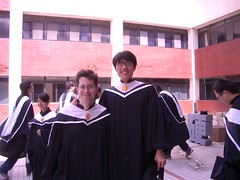This is exactly what lead to my interest in user research and the formation of our user experience group at a former employer. The “value of user research is often to cut through the politics and convince stakeholders to make good design decisions”. (Adrian Chong)
Next time you read an article about a user research success story, ask yourself if the conclusions of that research weren’t just common sense (or at least common sense to good UI designers) to begin with. Ask yourself if a good designer couldn’t have concluded the same conclusion that the user research seemed to reach.
Then ask yourself if you could articulate your “common sense” recommendation to a person who doesn’t understand design at all. To someone who may, in fact, be hostile to your so-called “expert” recommendations?
This is one area where research can help: explaining a user interface design strategy to stakeholders, peers, and bosses who have their own agendas and biases.
The comments to the article are quite informative.
User Research Smoke & Mirrors, Part 3: Research as a Political Tool.




















